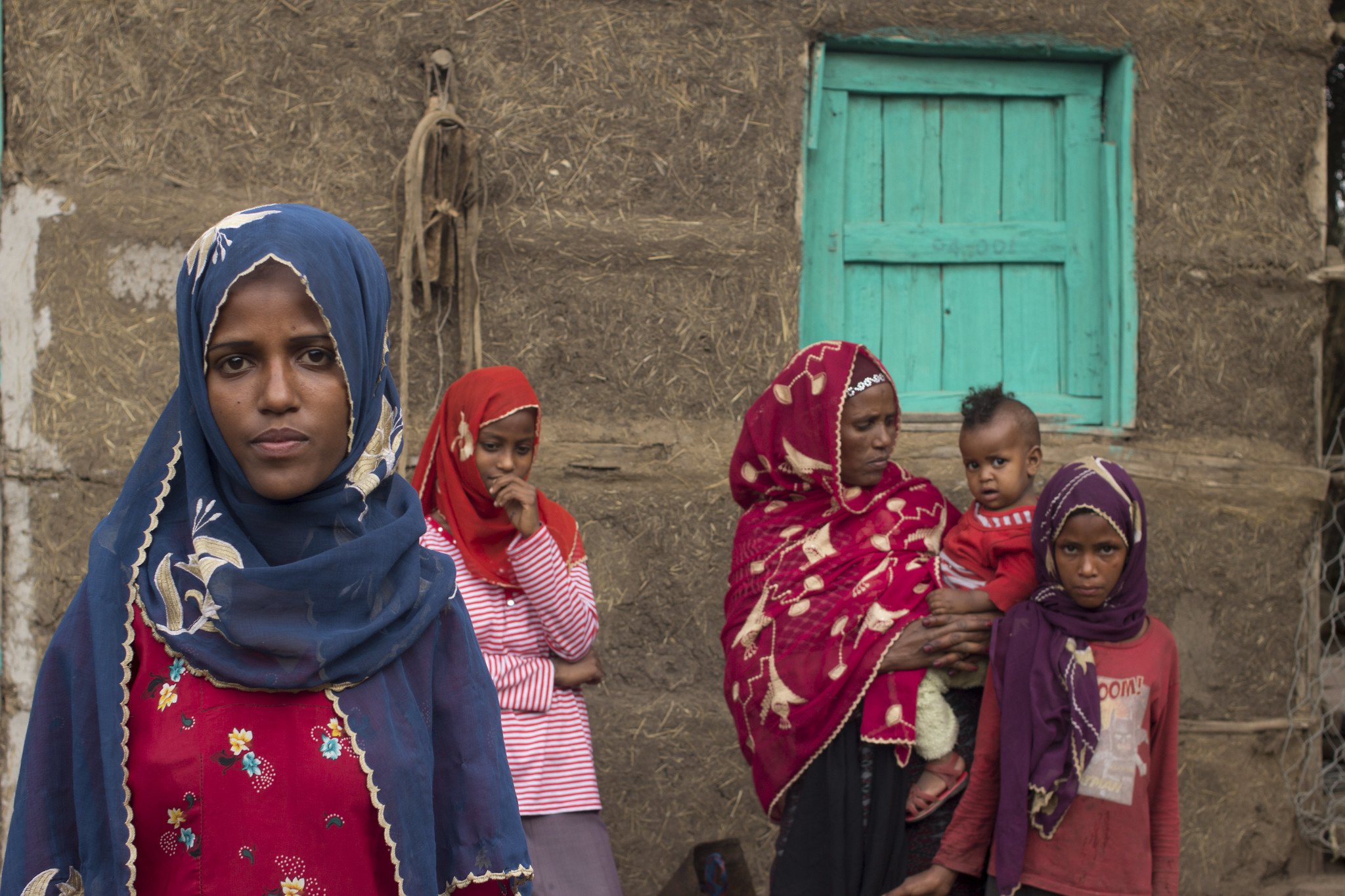The strong influence of gender norms – the informal, often implicit rules of masculinity and femininity that guide people’s attitudes and behaviours – can harm the health and well-being of women and men, girls and boys. Gender norms expose them to different health risks, distort the recognition of their health needs and embed disparities in their access to health care.
This thematic guide focuses on adolescence as a critical stage of life when many behaviours that will have an impact on adult health and well-being are consolidated. Adolescents account for a substantial proportion of the global disease and injury burden and more than two-thirds of all adolescent deaths occur in low- and middle-income countries.

